CES 2023 preview: All the PC gaming hardware you can expect from the show
CPUs, GPUs, 18-inch laptops and OLED screens galore.

I can scarcely believe it, the annual smorgasbord of technology that is the Consumer Electronics Show, aka CES, is just around the corner. Where did this year go? So, what can you expect to emerge new-born and blinking under the Nevada sun in January, ready to revolutionise your gaming in 2023?
The big three will certainly have some new wares to show off. The show kicks off proper on January 5, but AMD's head honcho, Dr. Lisa Su will be doing her usual pre-show keynote sizzle shizzle on January 4.
AMD in action
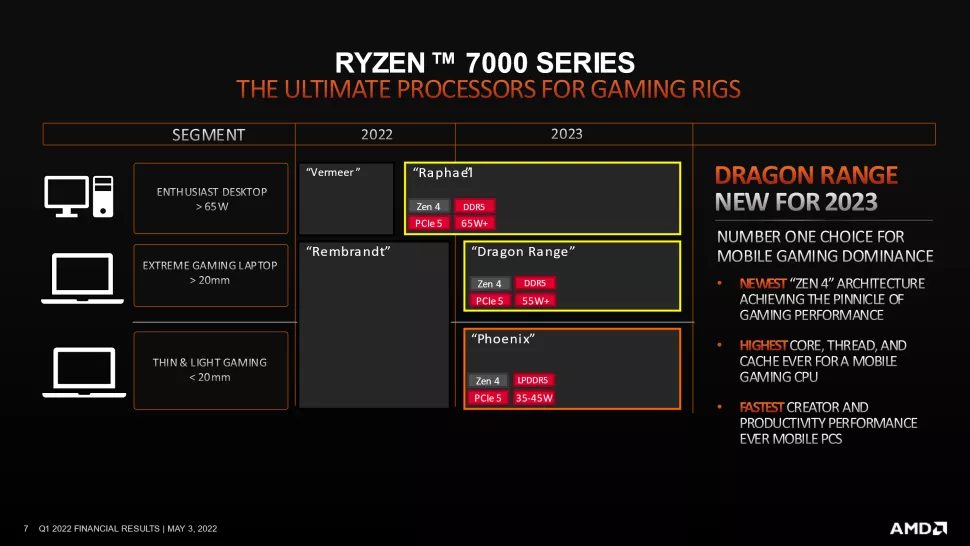
It's not entirely certain exactly what Su will show off in terms of new hardware, but prime candidates include new laptop APUs based on a combination of Zen 4 CPU cores seen in the Ryzen 7000 series desktop chips and either RDNA 2 or RDNA 3 graphics.
In fact, AMD has already dished many of the key details. These laptop chips are codenamed Dragon Range and Phoenix. Aimed at big, high-performance desktop replacement rigs, the former is basically the desktop Ryzen 7000 with its 5nm CPU chiplets and 6nm IO and graphics die repackaged for mobile. We're expecting variants with up to 16 cores.
Arguably more interesting is Phoenix. Like Ryzen 7000 and Dragon Range, it's expected to be chiplet based and use those same 5nm Zen 4 cores, though this time with a maximum of eight rather than 16 of them. Of course, that's still a huge amount of processing power and Phoenix also gets much more powerful graphics in its IO chiplet.
Where Dragon Range has the same mini graphics core with just two RDNA 2-spec compute units, Phoenix is expected to rock 12 RDNA 3-spec compute units. It still won't be a real gaming powerhouse, but should be up to the job of light 1080p gaming.
Speaking of mobile, AMD could also announce some new RDNA 3 laptop GPUs based on the new Radeon RX 7000 series. Think RX 7900 and RX 7800 Mobility. Specs at this stage are speculative, but we'd expect any mobile chips to be based on the upcoming Navi 32 and Navi 33 GPUs, rather than the Navi 31 big boy from the desktop 7900 XT and 7900 XTX cards.
The biggest gaming news, reviews and hardware deals
Keep up to date with the most important stories and the best deals, as picked by the PC Gamer team.
Currently, the best available info suggests Navi 32 will rock 60 compute units and 3,840 stream processors, while Navi 33 will run 32 compute units and 2,048 processors. For context, Navi 31 is 96 compute units and 6,144 processors.
Back on the desktop, we're not expecting AMD to announce new graphics cards given the recent launch of the 7900 XT and 7900 XTX. But we could see some new CPUs. A 3D V-cache version of new Zen 4 architecture, along the lines of the Zen 3-based Ryzen 7 5800X3D, is possible. We're also expecting more affordable and lower wattage non-X versions of the new Ryzen 7000 series.
Intel strikes back
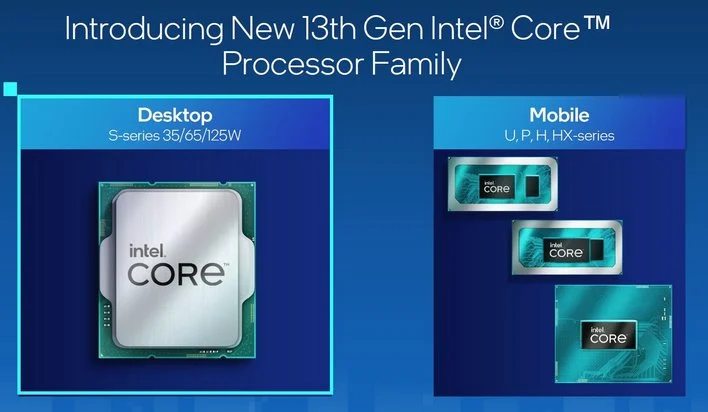
As for arch rival Intel, it will also be going big on mobile with 13th Gen Raptor Lake laptop CPUs. The big news here is that Intel is expected to give laptops the full Raptor Lake experience. That means a Core i9 version with eight performance cores and all 16 efficiency cores. Yikes.
Lesser variants with lower core counts, including eight and eight, six and eight and six and four, all performance and efficiency respectively are also likely.
As for Raptor Lake on the desktop, Intel previewed a 6GHz version a little earlier this year and spoke of early 2023 availability. So, expect that chip to be launched at CES and likely branded Core i9 13900KS. As for Intel's Arc graphics, we don't think Intel will have any big announcements at CES.
Nvidia's plans
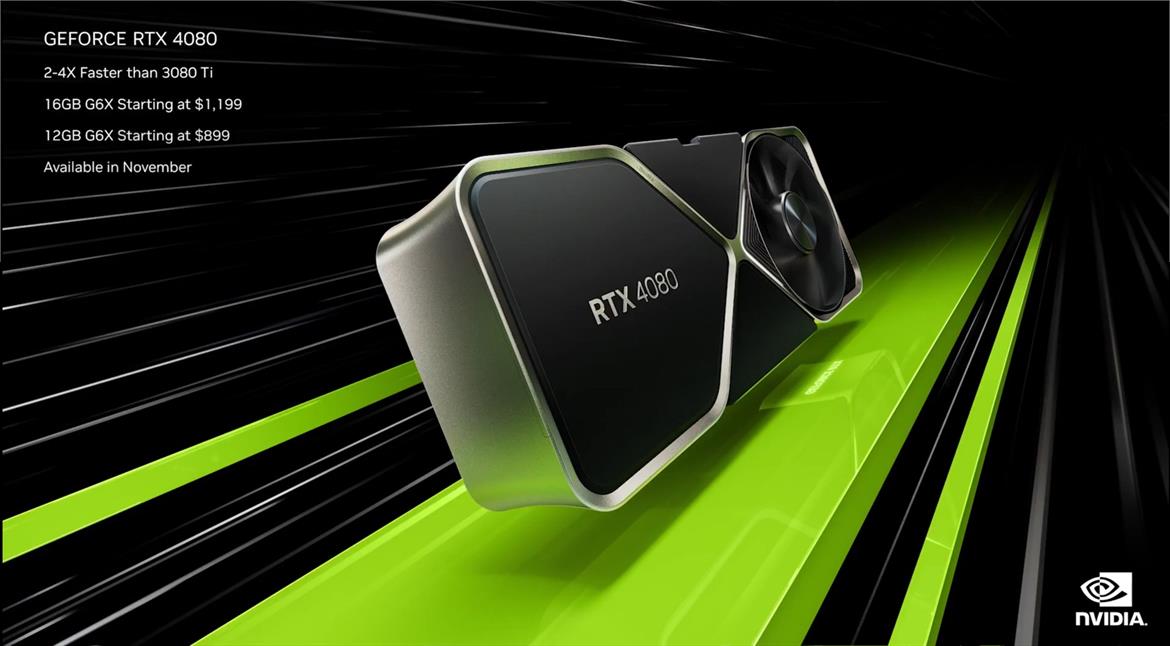
But what of the final member of the unholy trinity, Nvidia? Once again, mobile is expected to feature strongly, with RTX 40 series for laptops being up front and centre. As we discussed last month, we're expecting a full stack of RTX 40 series laptop chips for CES, including RTX 4090, 4080 and 4070.
As ever, those GPUs likely won't map directly to the desktop variants. So the RTX 4090 won't be based on the massive, power hungry AD102 chip in the desktop RTX 4090. Instead, it'll be the AD103 GPU as seen in the desktop RTX 4080 that qualifies for RTX 4090 branding in a laptop.
If you're keeping up with all that, it'll be AD104 for the RTX 4080 mobile and the even smaller AD106 chip for the RTX 4070 mobile, though of all these mobile GPUs, the RTX 4070 is the least certain for launch at CES. It may follow later in the year.
Anyway, the RTX 4090 mobile could be quite the beast. The AD103 GPU rocks 9,728 shades and 112 render outputs, both around 30 percent up on the meatiest chip from the outgoing RTX 30 series mobile line up. Factor in higher clocks, too, and laptop gaming performance will take a very nice step forward.
Back on the desktop, Nvidia's stillborn RTX 4080 12GB is widely tipped to make a re-appearance at CES, stickered up as the RTX 4070 Ti. Specs are likely to be exactly the same as the defunct 4080 12GB, but the big question is pricing. The 12GB was meant to go on sale at $899. Our guess is Nvidia will go for $799 for the 4070 Ti. Watch this space.
Laptops, laptops, laptops
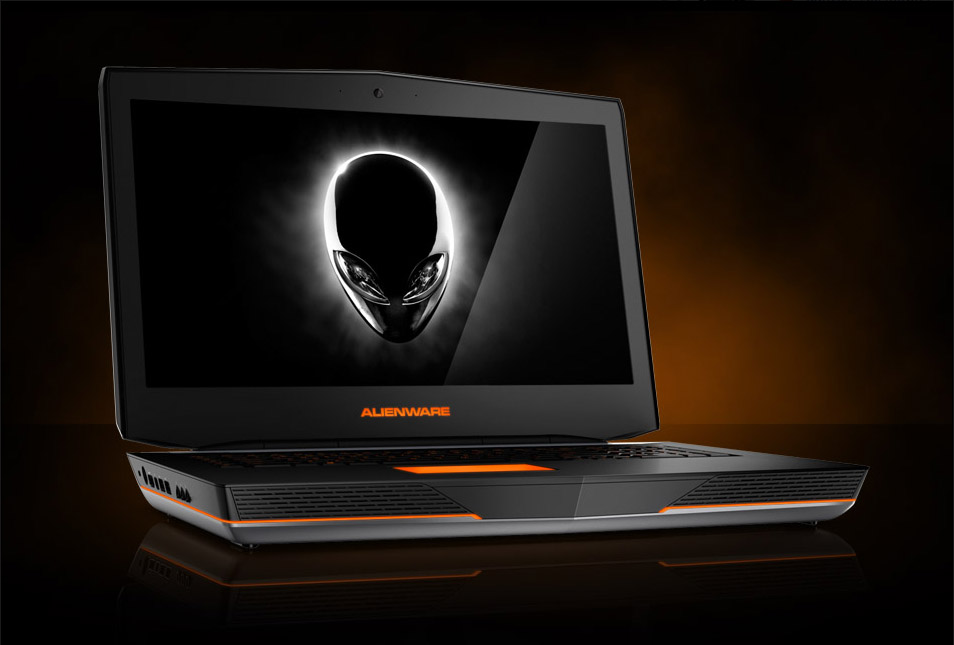
While we're talking laptops, Alienware recently teased its upcoming 18-inch laptop, which we expect to debut at CES. Alienware is also rumoured to be working on an 18-inch model. So 18 inches could be a big theme at CES 2023.
Razer is also rumoured to have a new 16-inch model in the works. We're hoping that it gets a bit of a design overhaul. Razer's current laptops have pretty fat chins and it's arguably about time they got a slim-bezel refresh. Fingers crossed.
More laptops with high-refresh OLED panels are also likely. Asus in particular is going hard with OLED technology, so look out for some hot new laptops with super-fast, eye-popping OLED panels.
OLED Galore
It won't just be laptops with OLED goodness at CES. OLED PC monitors are a nailed-on certainty for CES. Asus recently launched a pair of large format OLED panels. But it's smaller, more, well, monitor-sized OLED monitors that interest us.
High up on the list is Samsung's 34-inch ultrawide OLED monitor using the same 3,440 by 1,440 QD-OLED Samsung panel used by the Alienware 34 AW3423DW Samsung will likely launch a number of other OLED monitors at the show, too.
LG's new OLED gaming monitors should also be in attendance, ditto Asus's 27-inch OLED panel, which uses the same LG panel technology. All, told there will almost certainly be a whole slew of OLED monitor announcements at CES. What we're not expecting this year, sadly, is high pixel density OLED monitor tech. 32-inch 4K high-refresh OLED doesn't look likely this year.
8K if you really must, plus DisplayPort 2.1
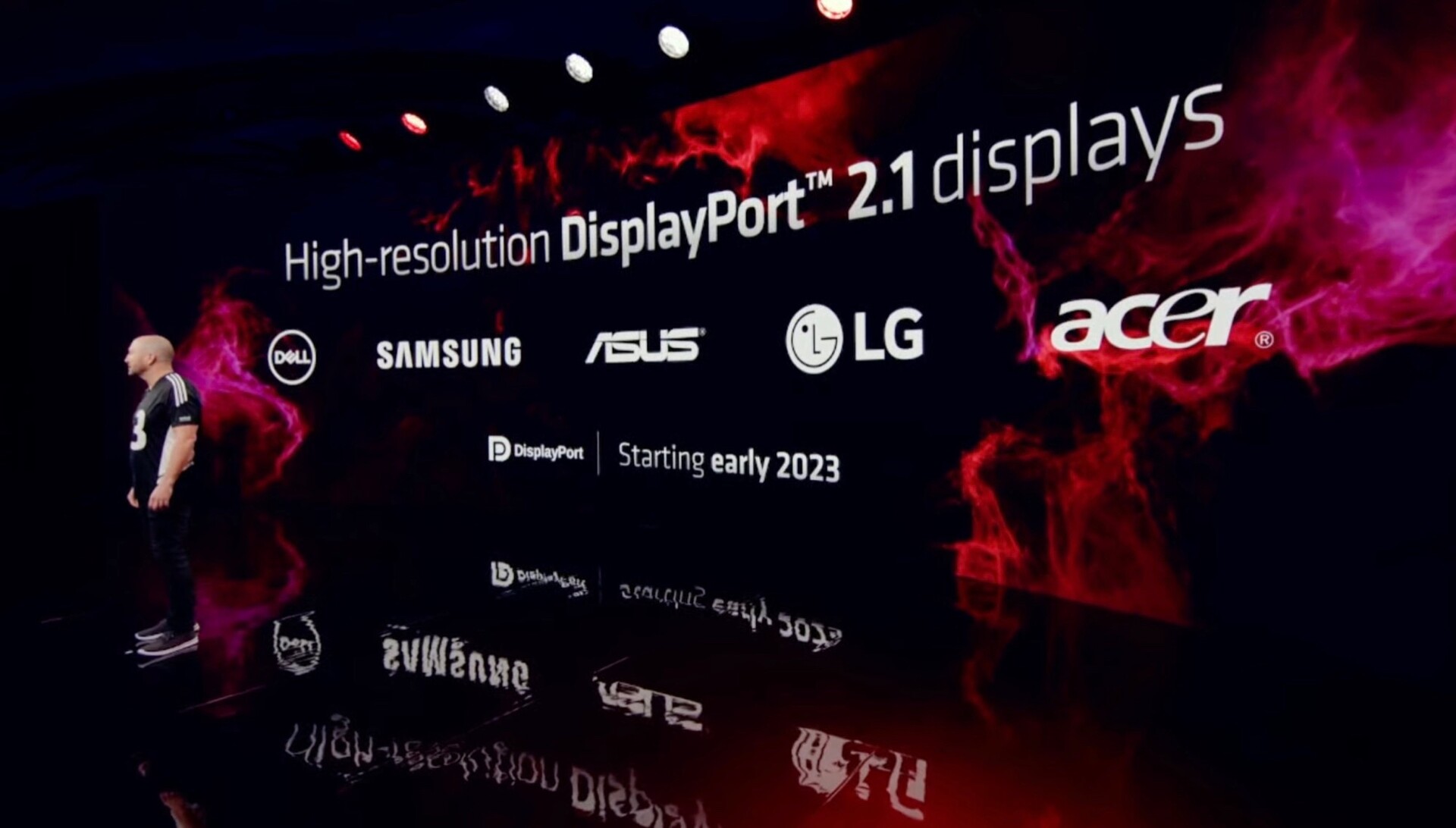
We're not sure if it will be a major trend at CES, but there will be at least one 8K monitor at CES. Well, we say 8K. Samsung's updated "8K" Neo G9 was previewed by AMD at its RDNA 3 launch event. It's 8K in terms of horizontal pixel count, but with its 32:9 aspect, it's really two 4K pixel grids and half 8K resolution overall.
Very likely, this new half-8K panel will debut at CES. However, the problem with full 8K is twofold. Firstly, achieving decent frame rates at 8K is ridiculously hard. It's four times the GPU load of 4K.
You also need monstrous display interface bandwidth to support high refresh 8K gaming. However, Nvidia's latest RTX 40 series do not support DisplayPort 2.1, which is ultimately a requirement for high refresh 8K gaming. AMD's new Radeon RX 7000 GPUs do support DisplayPort 2.1. But we're not convinced that 8K is anywhere being a thing for PC gaming.
That said, DisplayPort 2.1 will also enable even higher refreshes with existing resolutions. 4K at beyond 240Hz? If you really must, you'll need DisplayPort 2.1.
PCIe Gen 5 SSDs
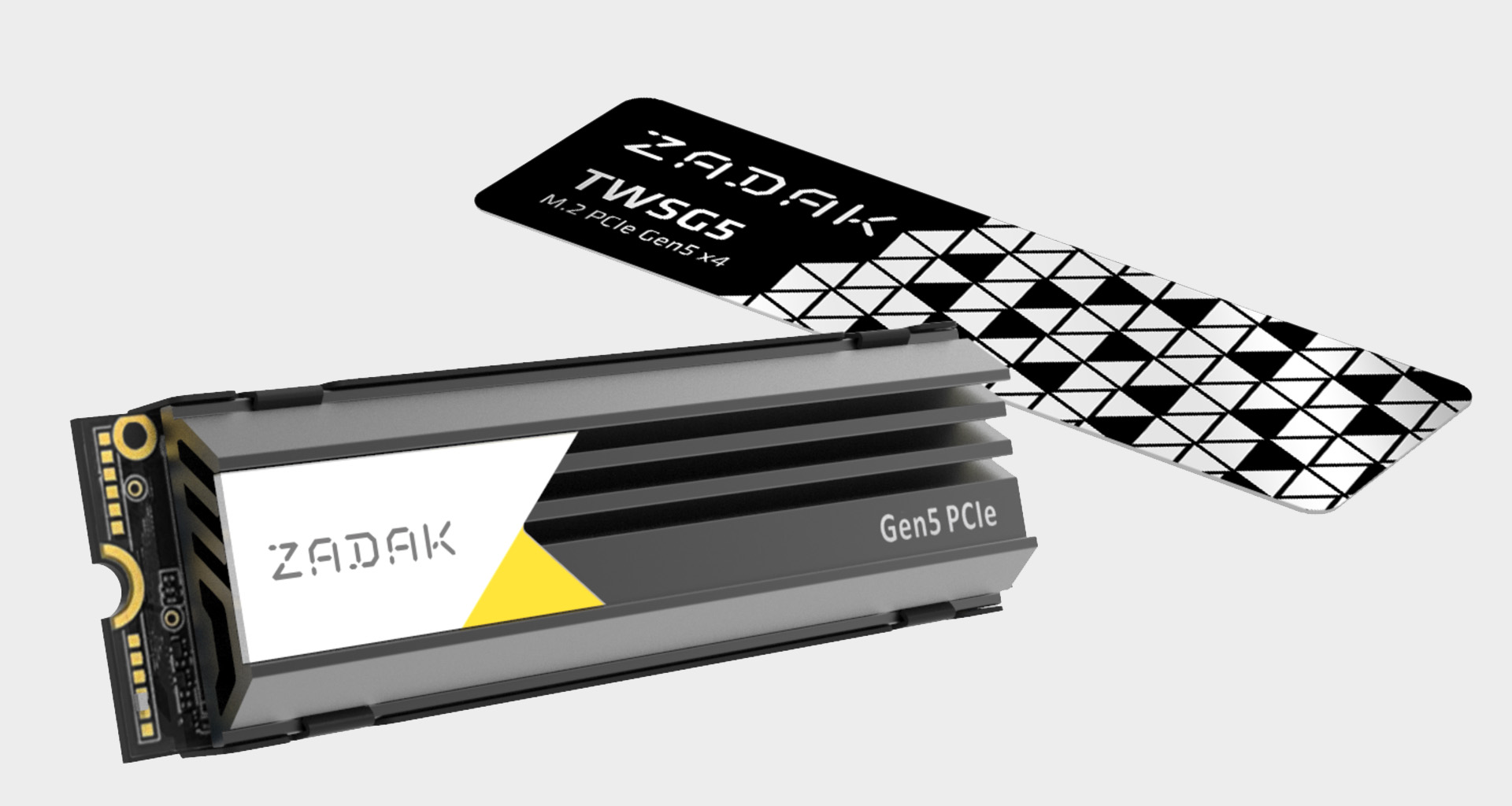
Could CES be ground zero for those overdue PCI Express Gen 5 SSDs? Reportedly, the first Gen 5 drive using the Phison E26 controller chip went on sale recently in Japan. So, maybe, just maybe.
PCIe Gen 5 drives offer double the theoretical bandwidth of Gen 4 SSDs. So, peak throughout could hit as much as 15GB/s. Early Gen 5 drives probably won't be that quick. But something in the region of 12GB/s is realistic for first-gen drives.
That said, we're more interested in how much better these new SSD might be for IOPS and random access performance. Arguably, that's the area of storage performance that really needs a boost. Not peak sequential transfer rates.
Ker-a-zeee concepts
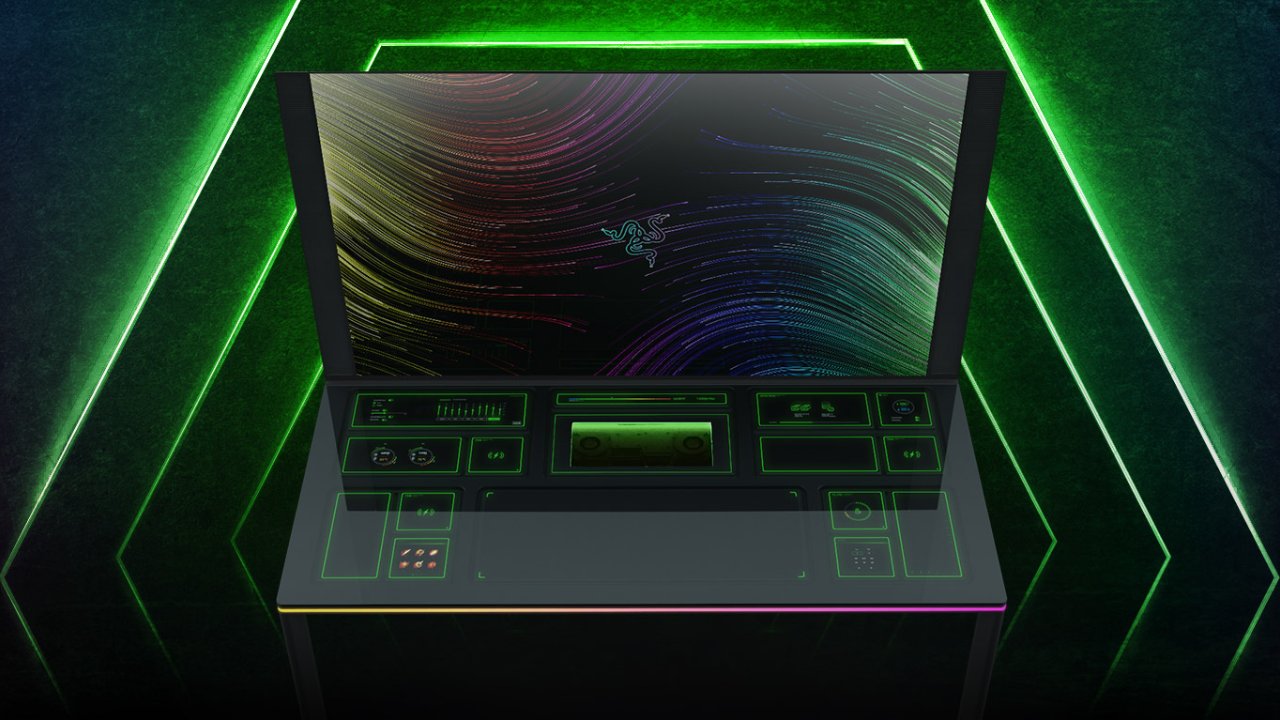
It's CES so silly concept technology is pretty much a given. Last year, Razer gave us Project Sophia, a modular PC built into a desk with a huge OLED display edge-lit glass tabletop and THX sound system. Alienware, meanwhile, showed off a watercooled external GPU, Dell had its modular, upgradable Concept Luna laptops and TCL teased us with micro-LED AR glasses.
Most of this stuff remains in concept status, though Samsung's QD-OLED tech from CES 2022 is at least now available, included in the Alienware 34 monitor. As for what zany concepts you can expect from CES 2023, that's anyone's guess.
But right out on the fringes of possibility, what about an affordable gaming graphics card? Now that would be an incredible technical innovation. Yeah, you're right. That's the stuff of science fiction. Oh well, it's nice to dream.

Jeremy has been writing about technology and PCs since the 90nm Netburst era (Google it!) and enjoys nothing more than a serious dissertation on the finer points of monitor input lag and overshoot followed by a forensic examination of advanced lithography. Or maybe he just likes machines that go “ping!” He also has a thing for tennis and cars.

